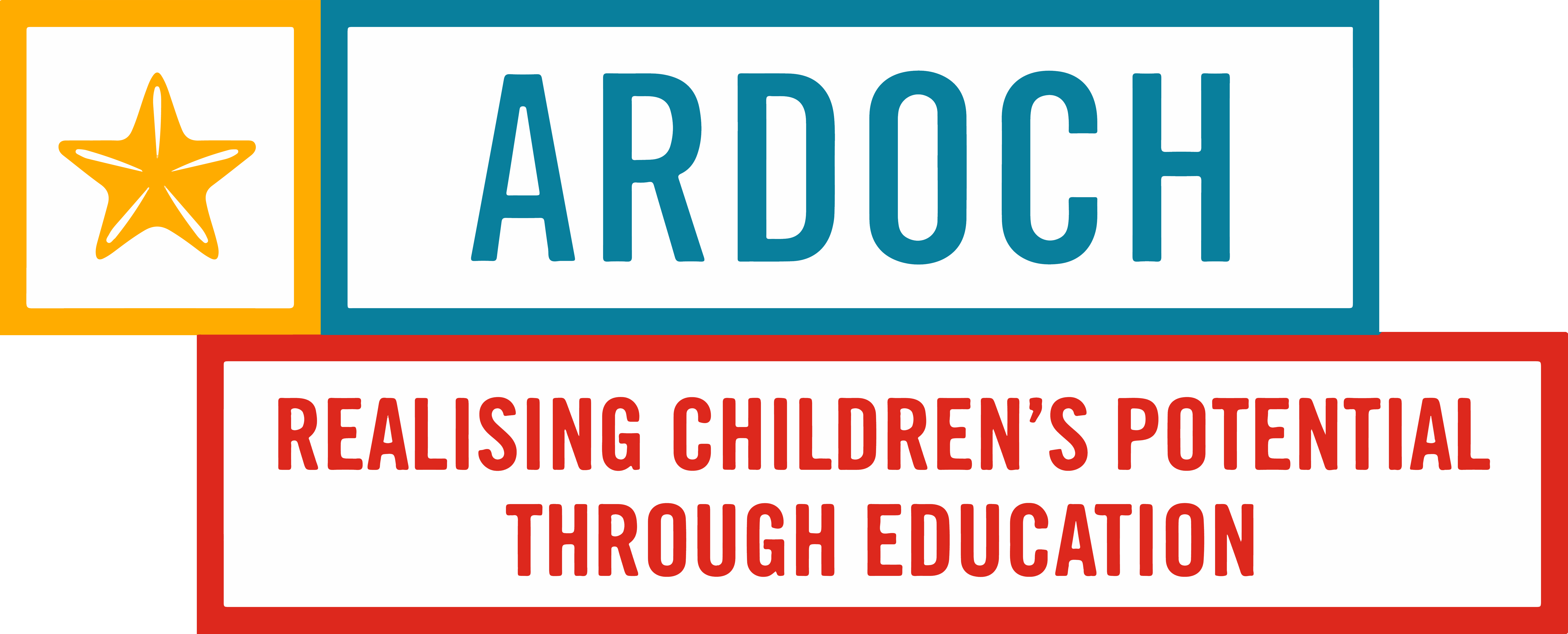Inequality: a barrier to education
When: 10 Jun 2021
Unfortunately, there are many children who face barriers to education, through no fault of their own. These barriers to education may include:
Unemployment and financial stress
Unemployment and financial stress is something that could impact any family. Not having a stable income can directly impact a child’s education if their family is unable to afford resources needed for their education, including (but not limited to) school supplies, uniforms or even internet connection. Families experiencing financial stress are also likely to not be able to afford additional educational support for their child if needed, such as private tutoring, Occupational Therapy or other supports available outside of school. Children may miss out on rich learning experiences gained through school excursions and things such as camps.
In addition, poverty is a massive issue in Australia. According to the ACOSS (Australian Council of Social Service) and UNSW Poverty in Australia 2020 report, 774,000 children (17.7 per cent of all children in Australia) live below the poverty line. The statistics are shocking, but show just part of the large number of children who face financial barriers to education.
Language barriers
Language barriers (for the student or for the student’s parents) can impact a child’s education if there are challenges with communicating with the school or teacher. Parents or guardians with language barriers may also lack confidence to be able to effectively help and support their child with homework. Children’s own confidence can also suffer and can be a barrier to class participation and engagement in learning.
Domestic violence or trauma
A child living in a traumatic environment, or one impacted by domestic violence or drugs and alcohol abuse, will likely not have a stable or predictable home environment for supportive learning and study.
For children who don’t live in a safe or supportive environment, or whose family has been impacted by financial stress, trauma or one of the other many barriers to education, the priority of education can easily fall through the gaps. In fact, one in three children in Australia’s most disadvantaged communities start school developmentally vulnerable, which is why educational programs for children in disadvantaged communities are so vital.
If you would like to help improve educational outcomes for children and young people in disadvantaged communities, please visit the Ardoch website for details on how to volunteer.
